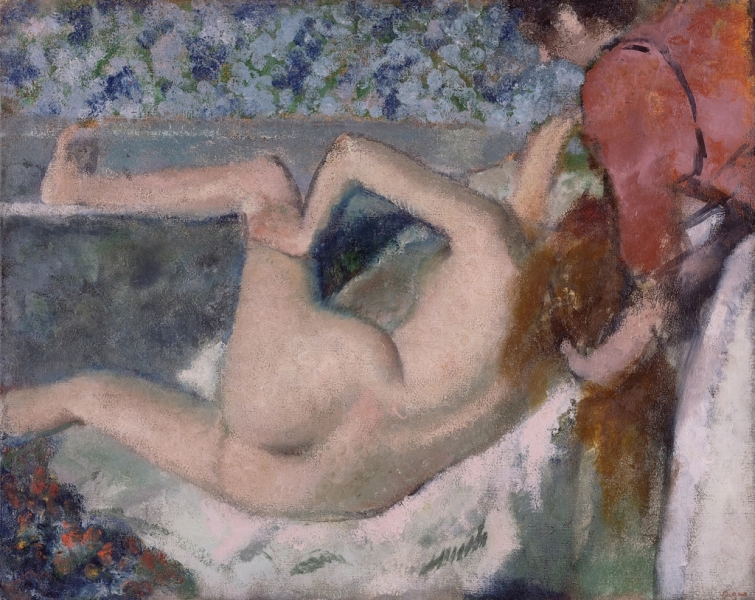
The other day the art world celebrated the 182nd anniversary of the birth of Edgar Degas. The date is not round, but it is not a good reason to remember the artist and visit cities and countries where his works can be seen live.
“If you see ballerinas in the picture, then it’s Degas,” this is roughly how reference books for dummies characterize the work of this French impressionist. Yes, dancers, musicians and people from the theatrical environment are indeed often found in his works. However, if it were only them, it is unlikely that Degas’s works would now be in more than 150 museums around the world and in the collections of countless collectors. We won’t list all the museums here, but we’ll talk about the main ones.
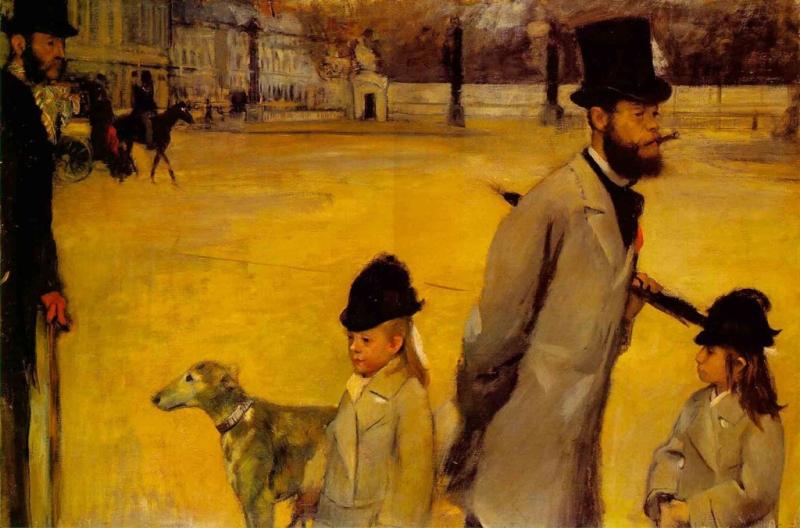
In Russia, Degas’s works can be seen in permanent exhibitions State Hermitage in St. Petersburg and State Museum of Fine Arts named after A.S. Pushkin in Moscow. There are not many works (12 for both museums) and they are mostly pastels done on paper or cardboard. They show dancers typical of Degas: rehearsing, resting, adjusting their pointe shoes. And one work in each collection, made using the technique of oil painting. But what kind! In the Moscow Museum, “Dancer with a Photographer,” conveying the airy atmosphere of Paris in the morning hours, is considered one of the master’s best works. And “Place de la Concorde” from the Hermitage collection – a multi-figure portrait of two friends of Degas with their daughters on the famous Parisian square – is recognized as a landmark work in all French painting of the 19th century.
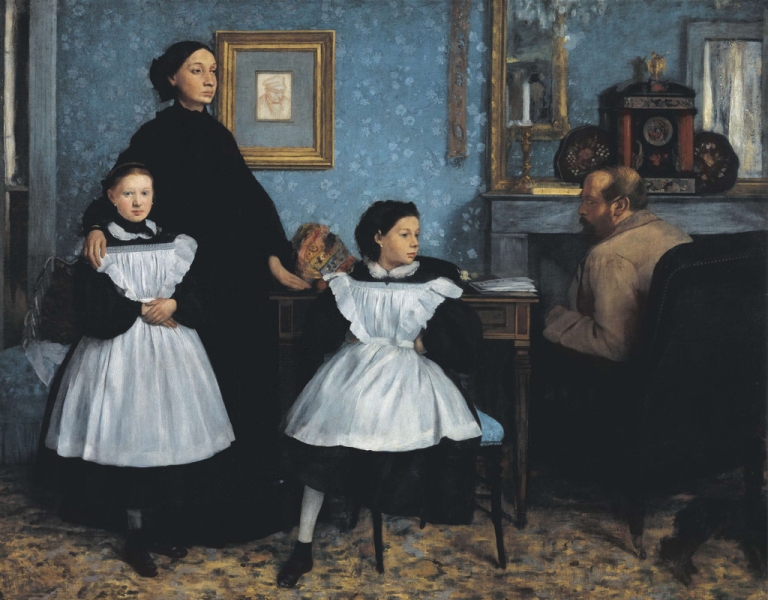
The Parisian Museum d’Orsay, housed in a former train station a five-minute walk from the Louvre, has one of the most extensive collections of paintings and drawings by Degas: “Racehorses in front of the stands”, “Orchestra of the Opera”, “Absinthe” (compare with Picasso’s series of works of the same name, written a few years later),
“The Bellely Family” and others. The latter was acquired by the museum at the sale of the property of the deceased artist in 1917 and became the top lot of the auction – then 400 thousand francs were paid for it. A collection of the master’s sculptures is also kept here. He began to sculpt small wax sculptures (Degas did little with metal and stone, preferring soft materials) the more his eyesight deteriorated. The themes of the sculptures largely repeat the themes of his paintings – dancers, bathers, galloping jockeys, horses, lots of horses. In his sculptural works, Degas also meticulously managed to express movement and the beauty of the moment, just as in his paintings. In the Lyon Museum of Fine Arts in the works of Degas, to your delight, you can find not only melancholy-romantic ballerinas, but also an expressive singer in the “Cafe Chantant “Ambassador”. With a strong-willed gesture, she holds the attention of not only the audience in the café, but also, it seems, the viewers of the film itself.
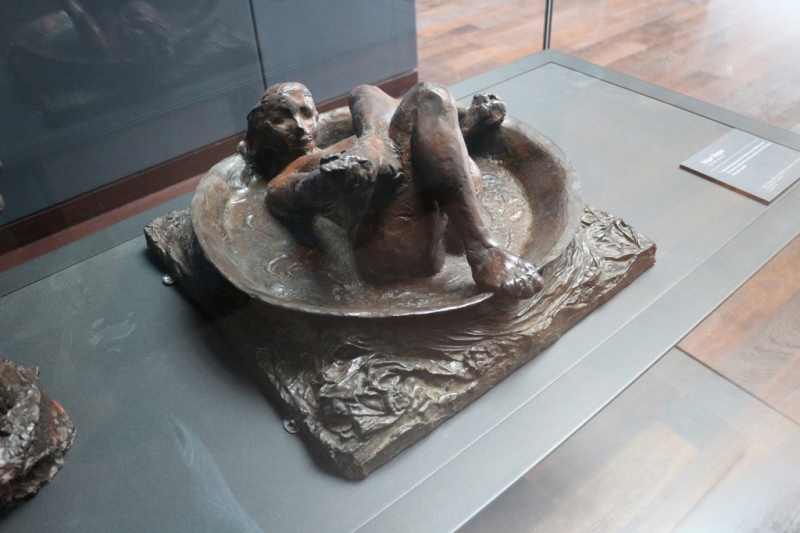
One of Degas’s friends, Count Lepic, depicted with his daughters in the painting “Place de la Concorde” from the Hermitage collection, can be seen in Collection of the Emil Bührle Foundation in
Zurich. There are several other works here, including a “dressed” sculpture – a figure of a 14-year-old dancer, cast in bronze and literally dressed in a cotton tutu tied with a bow. This “girl” is the only one among Degas’s sculptures that was exhibited during his lifetime. The Thyssen-Bornemisza Museum provides a rare opportunity to see Degas at
Madrid. It is part of the museum’s “golden triangle” of the Spanish capital along with the Prado and the Reina Sofia Art Center, but is the only one with a collection of impressionists.
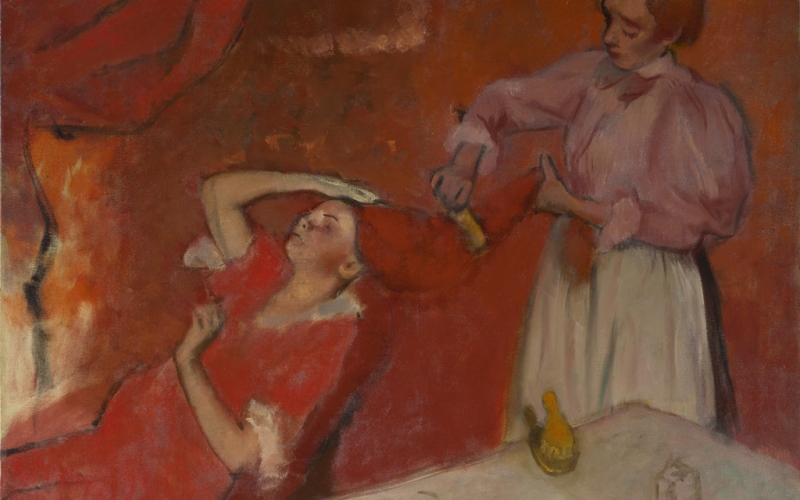
Let’s move across the English Channel. In London’s National Gallery you can see both Degas’ early works and works from his later period. For example, “Combing Hair” is a painting made in a coloristic manner that is not entirely characteristic of the artist and once belonged to Henri Matisse. Very close to the National Gallery, in the Strand is Somerset House, which houses an extensive collection of paintings of the Courtauld Institute. There are few works by Degas, but they are presented in good “company” of other fellow impressionists.
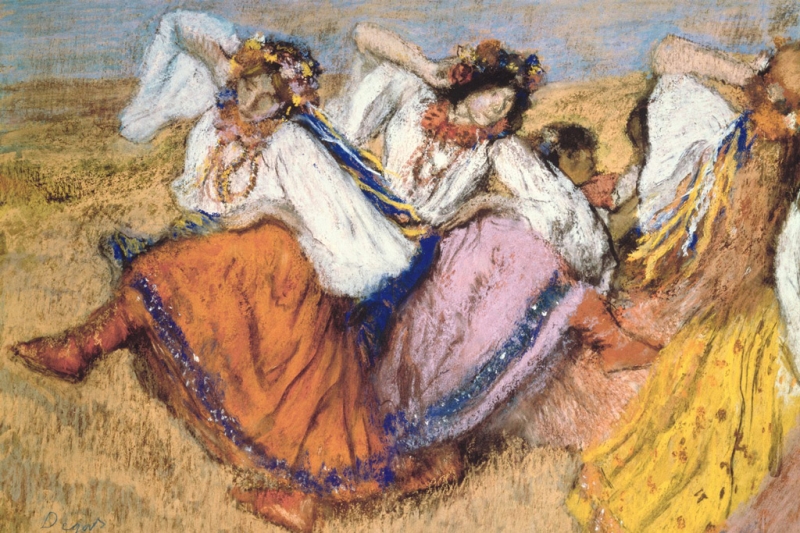
When going overseas, you can make a whole tour of the American “places of residence” of the works of the Impressionists in general and Degas in particular – the best collections of works of this movement outside France are kept in the USA. This happened largely thanks to the efforts of Gustave Caillebotte, a collector and philanthropist, who spent a long time and unsuccessfully “promoting” impressionism on the European market, but managed to reach American buyers. After the death of the philanthropist, a significant part of his collection was acquired by the inventor and millionaire Albert Barnes. Since then Barnes Foundation GalleryPhiladelphia has a lot to be proud of. Degas is also represented here. Just a few blocks from the Barnes Gallery, another American address where you can see the artist’s work is Philadelphia Museum of Art. In Farmington, Connecticut, in a colonial-style mansion surrounded by a beautiful park, the Hill Stand Museum is located. Both the museum and the park are included in the US government’s list of National Historic Landmarks. Despite the fact that only 19 rooms are open to the public, there is a very decent collection of works by the Impressionists, including Degas. The American list continues The Museum of Fine Arts in Houston, Texas, which also houses “Russian Dancers” – a bright, original work depicting three girls dancing merrily in national suits. The Denver Art Museum, best known for its collection of Indian art, also houses several works by the French painter. As well as The Museum of Fine Arts in Boston, by the way, the second largest collection in North America after the Metropolitan Museum of Art, and The Art Institute of Chicago. And yet, Degas’s legacy is most fully and widely represented in the Metropolitan Museum in New York – more than a hundred works in an open exhibition: drawings, paintings, sculpture, photographs.
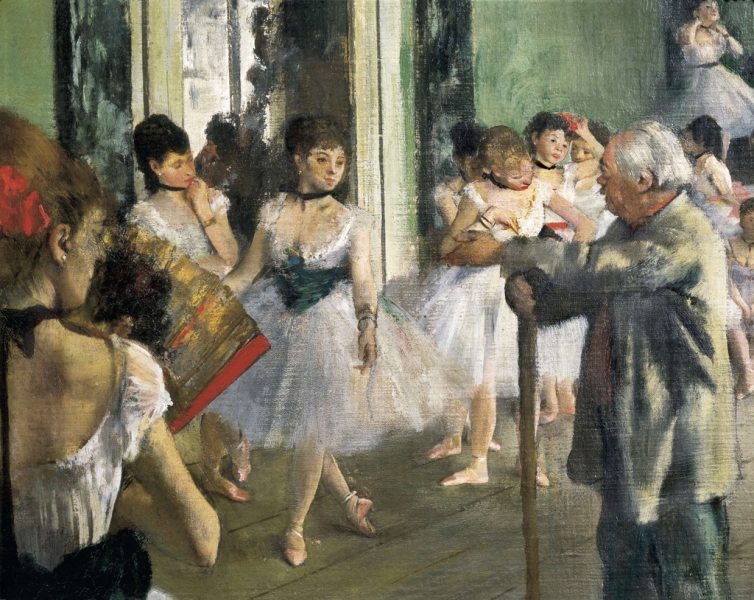
With OneTwoTrip you can now feel like a wizard and make someone’s old dream come true by giving a gift certificate for a trip.

